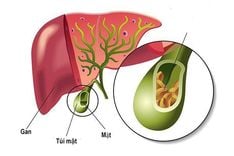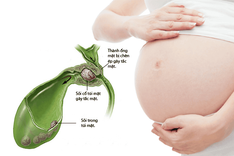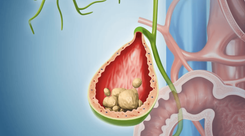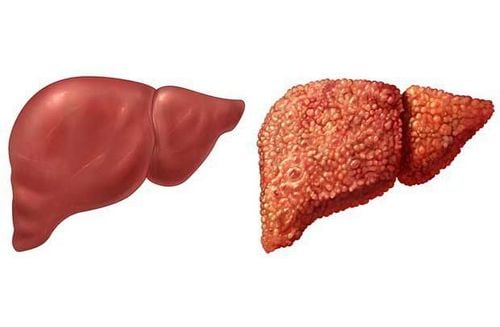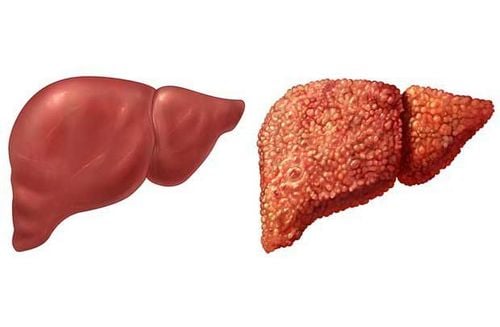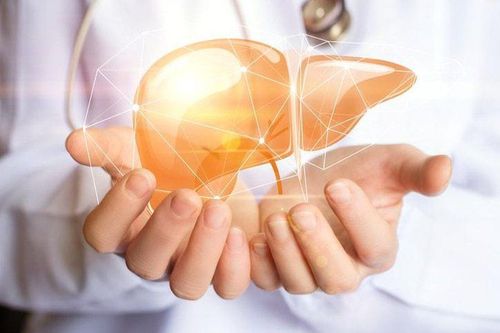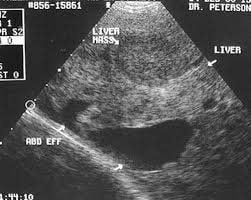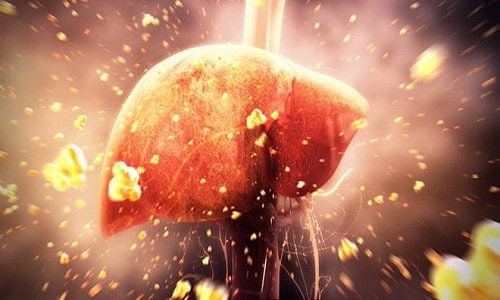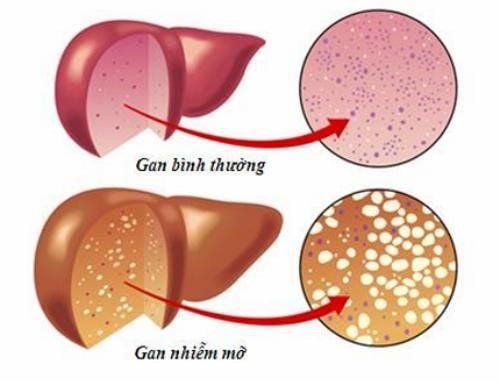Liver calcification is a condition of liver scarring due to old trauma in the liver area, liver abscess or infection with parasites... Normally, small calcifications are not worrisome. But when the calcifications are large, they can cause inflammation of the bile ducts in the liver. Through ultrasound and X-ray, calcified liver can be detected and diagnosed.
1. What is liver calcification?
What is liver calcification? Liver calcification is also known as liver calcification. This is not a disease but a form of chronic liver damage. That is, inflammation of liver parenchyma cells after the formation of "scars". These wounds form small stones in the bile ducts in the liver, partially calcified into the liver bladder, so it hardens and stagnates, unable to escape.
Usually, this condition is very difficult to detect. There are many causes of liver calcification. But most cases of liver calcification are due to inflammation and tuberculosis. These diseases can cause cirrhosis and calcification of liver tissue after local necrosis.
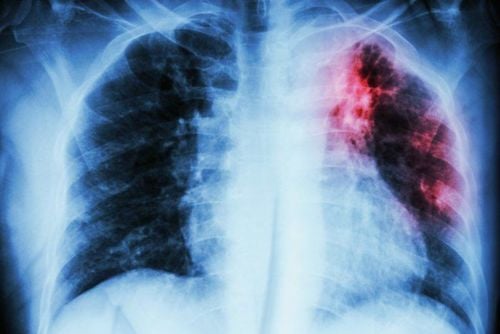
In addition, liver calcification can also occur due to:
- Due to bile pigment deposition or dead worms;
- Excessive alcohol abuse causes liver damage leading to calcification and liver fibrosis;
- Prolonged liver dysfunction is also the cause of liver calcification.
Some cases of liver cysts or tumors in the liver are the main cause of calcium accumulation in the liver, causing liver calcification.
Newborns can also have calcified liver, due to the mother's infection in the uterus during pregnancy or after birth…
2. Warning signs of liver calcification
Pain in the right flank, digestive disorders and jaundice are common symptoms in people with liver calcification. In the early stages, patients often do not have obvious symptoms and are easily confused with other diseases. Only when the symptoms become severe and cause pain and discomfort do patients go to the doctor and discover large calcifications and serious liver damage.
Depending on the condition of the disease, patients with liver calcification experience one or more of the following symptoms:
Pain in the right flank: This symptom appears most often during strenuous exercise. Large calcifications compress the nerves and tissues in the liver;
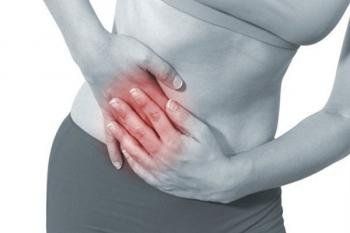
Jaundice, yellowing of the mucous membranes of the eyes: are the most common signs in people with liver calcification. People with liver disease often have yellower skin than normal, in addition, the color of the eyes and urine of the sick person are both cloudy and dark yellow;
Digestive disorders: The cause of this condition is calcification that blocks the bile ducts in the liver, affecting the digestion of food;
Fever, chills may be accompanied by convulsions. At this time, the patient needs to be taken to the hospital immediately for diagnosis and treatment.
3. How to treat liver calcification?
Through ultrasound or X-ray, liver calcification can be detected even if the calcifications are still small and have not yet shown the above symptoms. From there, examination, diagnosis and treatment become easier. Depending on the stage of disease progression, the treatment is different. Patients can be treated with medication combined with a moderate diet and lifestyle to best treat liver calcification.
Adjusting the diet, limiting cholesterol to reduce the risk of bile pigment deposition. Reducing the intake of animal organs, limiting the intake of egg yolks, animal fat, limiting red meat, eating more white meat, increasing green vegetables and fresh fruits... are things to keep in mind when eating and drinking with people with calcified liver.
Drinking artichoke tea or artichoke water has a laxative effect and is also a treatment, reducing the risk of gallstones;
A full night's sleep of about 7-8 hours a day not only helps the body stay healthy but also benefits the treatment of liver calcification. Along with that, do not eat late at night, do not stay up late and divide meals into small portions, do not eat too much;

On average, you should deworm once every 6 months to 1 year;
Maintain regular exercise with moderate exercises to help reduce stress, improve physical and mental health, protect the liver from hepatitis and liver calcification, liver cancer;
Regular health check-ups every 3-6 months and in patients with liver calcification, ultrasound should be performed to check if the calcification has progressed to a larger size.
To arrange an appointment, please call HOTLINE or make your reservation directly HERE. You may also download the MyVinmec app to schedule appointments faster and manage your reservations more conveniently.

